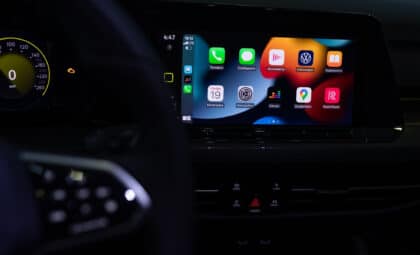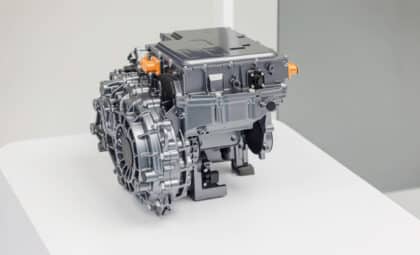When your child first starts driving, you feel excited and scared at the same time. You want to give them independence, but thinking about their safety behind the wheel is nerve-racking. Fortunately, you don’t have to spend your time constantly worrying about your new driver. From setting ground rules to sending alerts for buckling up, there are many constructive ways to make sure your teenager stays safe on the road.
Set a good example
Teenagers learn a lot from the actions of those around them. Even if they don’t realize it, they observe and pick up driving habits from their parents. Therefore, it’s really important to set a good example for them while driving. These are perhaps the most vital safety lessons you will teach them in their life. Here’s how you can be a positive influence for young drivers.
- Put on your seatbelt and make sure your child and anyone else in the car does as well.
- No matter how tempting it is, do not use your phone while driving. Not only it is highly unsafe for you, but it also sends the message to your teen that this behavior is acceptable.
- Never drink and drive, even if it’s just a glass of wine. Highlight the importance of appointing someone else to drive (or calling a cab) in case you do end up drinking.
- It’s a good idea to drive slower than your usual speed. It will prevent your teenager from driving too fast unknowingly.
- Clarify your expectations from your teen by writing them down in a driving contract. List the consequences they can face if they don’t abide by the agreement.
Even if you enforce rules and set an excellent example for your new driver, there’s no guarantee they will remain compliant when driving alone. Therefore, it might help to use backup methods for ensuring the safety of youth behind the wheel, such as monitoring or tracking.
These days, car manufacturers offer distinct safety features that help you monitor the driver’s behavior. These features let you set restrictions or issue warning signs for young drivers that continuously remind them to be safe. Here are a few handy features.
- Seatbelt notifications that alert the driver and front occupants at specific intervals if they do not have their seatbelts on. Some models don’t allow the driver to shift into drive if their seatbelt is unbuckled.
- Maximum speed settings that either alert drivers if they exceed the pre-set speed, or disable certain features. You can also receive alerts on your phone if the car is going faster than the pre-set maximum speed.
- Restrictions on teenagers from deactivating any safety systems.
- Report cards or records showing distances, top speed, and whether the safety systems were on.
- Ability to block explicit content on the radio.
- Issuing early warnings for low fuel.
- Alerts if the driver goes out of a particular area.
These features are beneficial for keeping a close eye on your teenager’s driving and making sure they follow safety rules. However, some parents might feel more relieved if they knew where their child was driving to and when. If you’re one of those parents, the good news is that it has now become straightforward to track your teenager on the road.
Using a tracking device
There are a few methods for tracking your child’s whereabouts when they’re on the road.
GPS trackers
GPS trackers are useful for monitoring your vehicle’s journey. You can attach a GPS device directly to your car. A GPS tracker can be active or passive. An active tracker means you’ll get real-time data about the tracker location. A passive tracker will provide information once you detach it from the car and connect it to a computer or any other viewing device.
Phone trackers
Using GPS technology, phone trackers obtain your child’s location through their phone coordinates. Usually, phone trackers require you to install an application on the smartphone. An example of a reliable, easy to use service is the mSpy phone locator. This multi-functional phone tracking system offers the following:
- The current GPS location of the target device.
- A detailed map for viewing the area in real-time.
- The device’s route history.
- Stores all necessary data, so you can retrieve it at any time.
Benefits of monitoring or tracking young drivers
If you’re wondering whether using a monitoring or tracking method is worth it, here are some benefits you should know.
- You can rest assured that your kids are taking necessary safety precautions for the road.
- You can be sure of your kids’ whereabouts.
- Some tools let you know if your vehicle gets stolen.
- You can know when your child uses the vehicle.
- You can identify wherever the car has been previously.
This is a collaborative article.
The News Wheel is a digital auto magazine providing readers with a fresh perspective on the latest car news. We’re located in the heart of America (Dayton, Ohio) and our goal is to deliver an entertaining and informative perspective on what’s trending in the automotive world. See more articles from The News Wheel.











